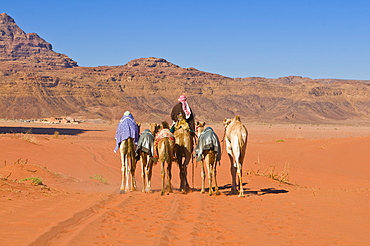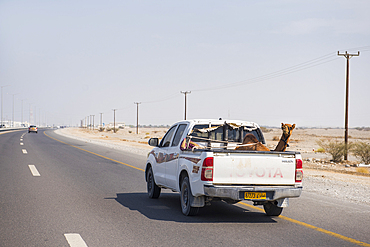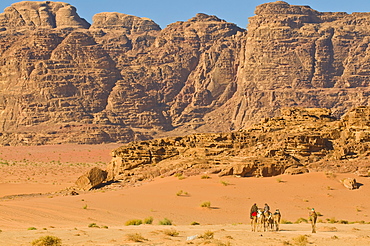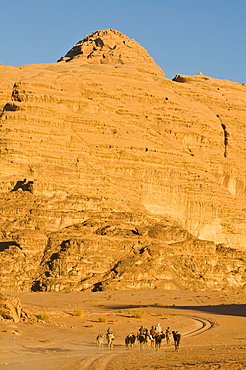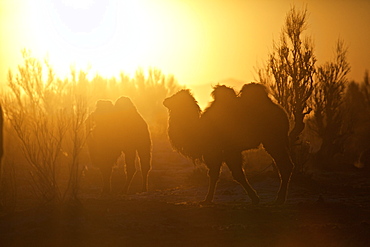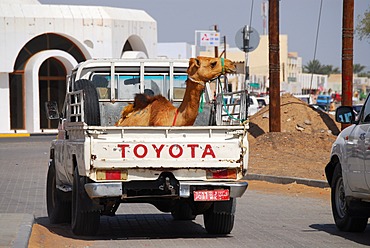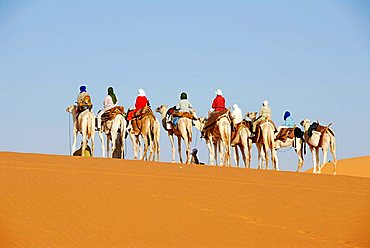Results
8 results found
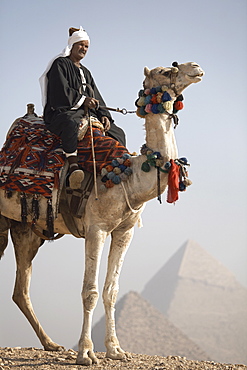
A Bedouin guide on camel-back overlooking the Pyramids of Giza, UNESCO World Heritage Site, Cairo, Egypt, North Africa, Africa
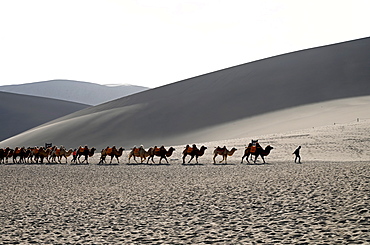
Camels being led back through the Singing Sand Dunes, Dunhuang, Northwest Gansu province, China, Asia
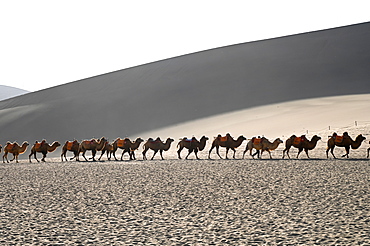
Camels being led back through the Singing Sand Dunes in late afternoon, Dunhuang, Gansu, China, Asia
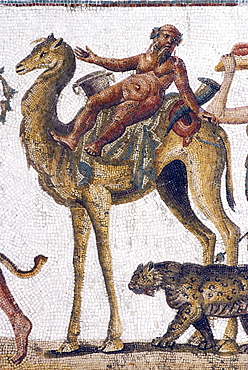
Mosaic of the (drunken?) Silenus, riding on the back of a Dromedary, Museum, El Djem, Tunisia, North Africa, Africa

A man leads a line of camels (Camelus) carrying bags of hay on their back travel down road, in Danakil Depression, Ethiopia

A line of camels (Camelus) carrying bags of hay on their back travel down road, in Danakil Depression, Ethiopia

Sunset, silhouette, female tourist on a camel and camel driver, camel safari, Thar Desert, near Jaisalmer, Rajasthan, India, Asia
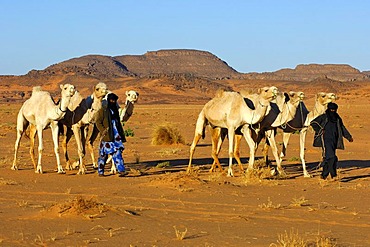
Tuareg nomads bringing their herd of dromedaries back home from the pasture in the desert, Sahara, Libya, North Africa, Africa

Tuareg nomad bringing his dromedaries back home from the pasture in the desert, Sahara, Libya, North Africa, Africa

Sign, No Trespassing - National Park, in the back tourists riding dromedaries in the Timanfaya National Park, Lanzarote, Canary Islands, Spain, Europe
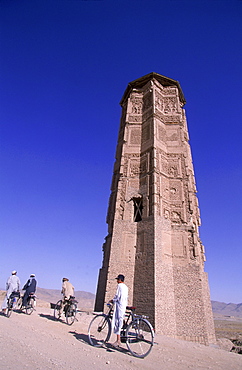
Men and boys on bikes ride past a towering, ancient minaret, outside of Ghazni, Afghanistan, October 1, 2002. Made of brick decorated with Kufic and Naksh Script and floral motifs, the minaret dates back to the early 12th century and was built by Sultan Masud III of the Ghaznavid Dynasty, who ruled over an empire encompassing much of Afghanistan, Northern India, Persia and Central Asia. The minaret was once three times as tall as its current 70 feet, and is thought to have been part of a large mosque complex. Now an important truck stop on the road to Kandahar, Ghazni, located on the Lora River at the elevation of 2,225 meters, is the capital of Ghazni province and is a market for sheep, wool, camel hair cloth, corn, and fruit-it also continues to be a haven for Taliban insurgents.

Afghan men pause on the road with an ancient brick minaret and many shrines in the background, outside of Ghazni, Afghanistan, October 1, 2002. Made of brick decorated with Kufic and Naksh Script and floral motifs, the minaret dates back to the early 12th century and was built by Sultan Masud III of the Ghaznavid Dynasty, who ruled over an empire encompassing much of Afghanistan, Northern India, Persia and Central Asia. The minaret was once three times as tall as its current 70 feet, and is thought to have been part of a large mosque complex. Now an important truck stop on the road to Kandahar, Ghazni, located on the Lora River at the elevation of 2,225 meters, is the capital of Ghazni province with a population of 35,900, and is a market for sheep, wool, camel hair cloth, corn, and fruit, and continues to be a haven for Taliban insurgents.

Men on bikes ride past an ancient brick minaret toward the old walls and citadel of the town of Ghazni, Afghanistan, October 1, 2002. Made of brick decorated with Kufic and Naksh Script and floral motifs, the minaret dates back to the early 12th century and was built by Sultan Masud III of the Ghaznavid Dynasty, who ruled over an empire encompassing much of Afghanistan, Northern India, Persia and Central Asia. The minaret was once three times as tall as its current 70 feet, and is thought to have been part of a large mosque complex. Now an important truck stop on the road to Kandahar, Ghazni, located on the Lora River at the elevation of 2,225 meters, is the capital of Ghazni province with a population of 35,900, and is a market for sheep, wool, camel hair cloth, corn, and fruit.
